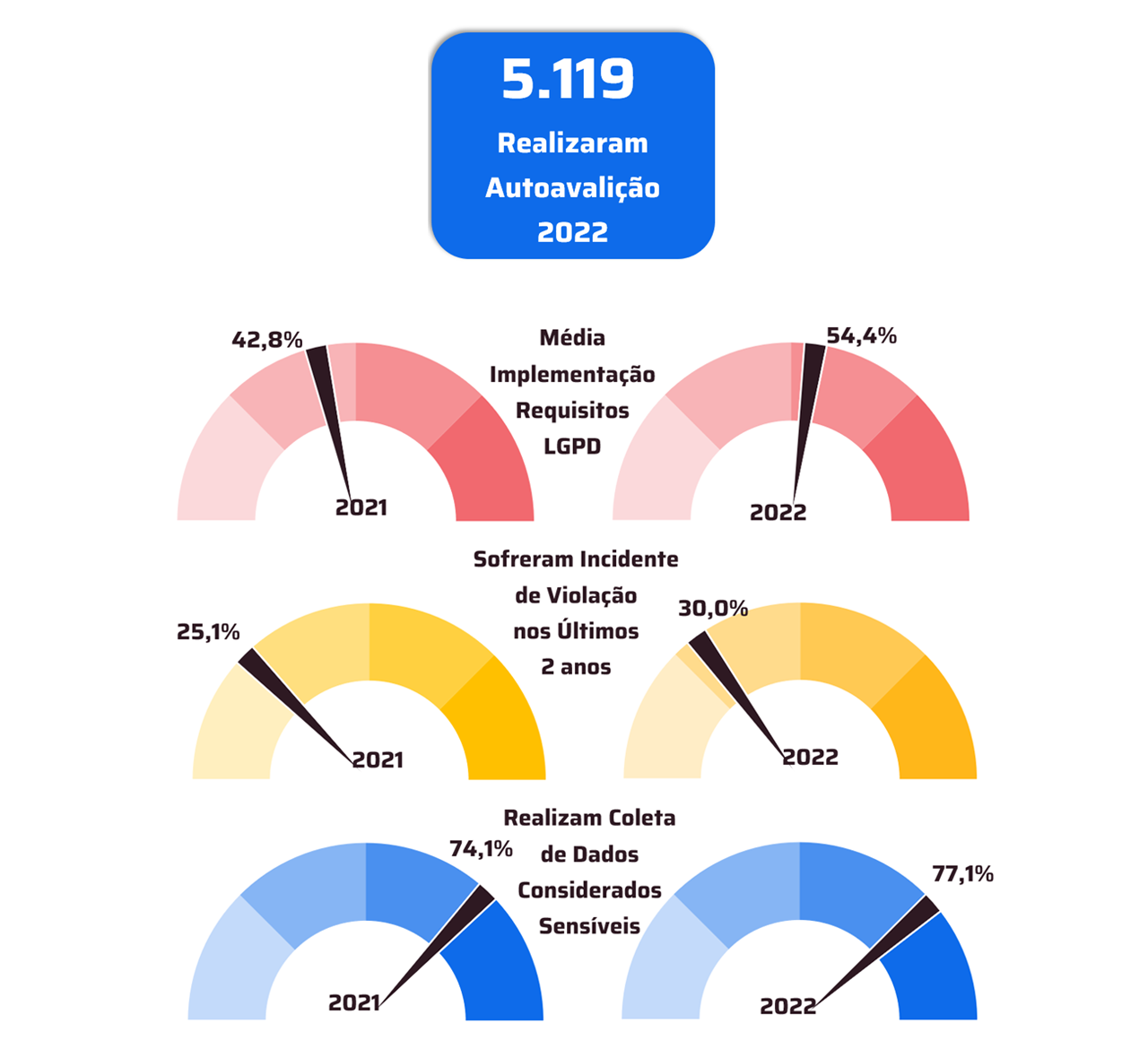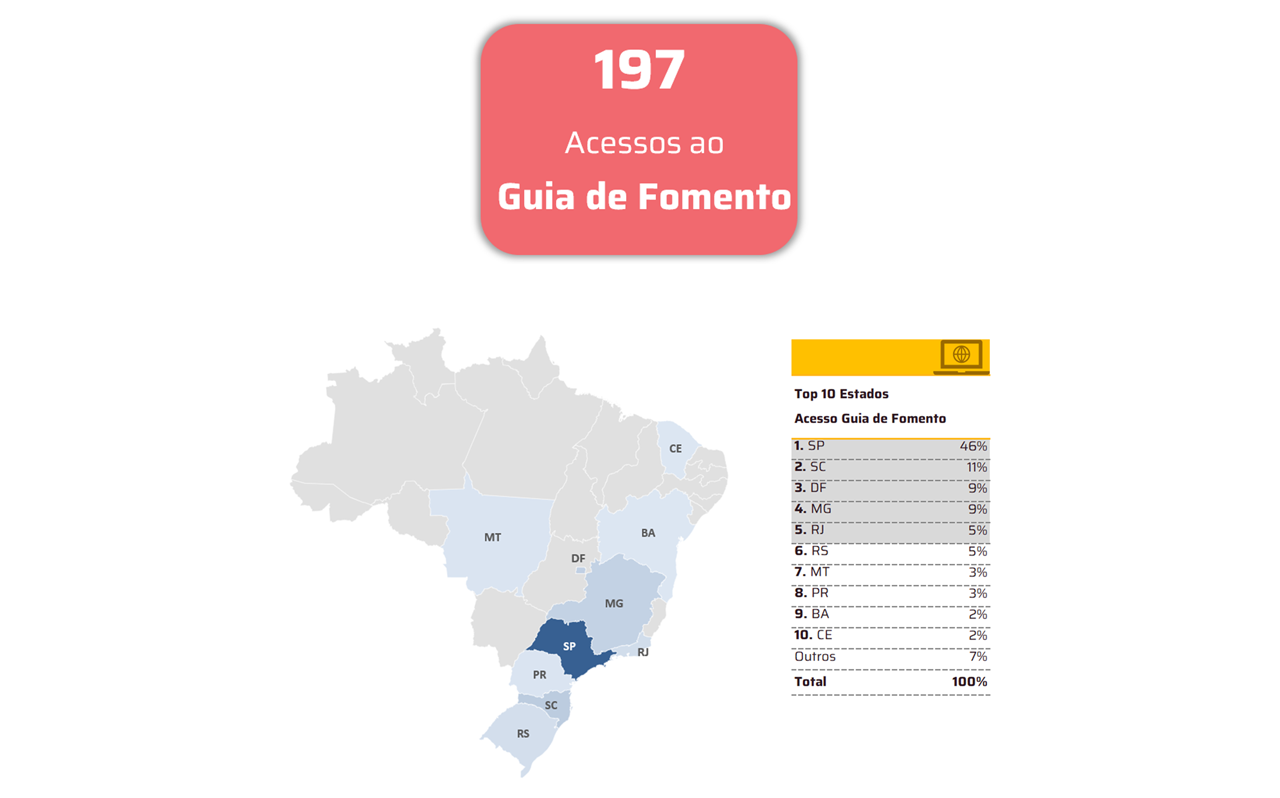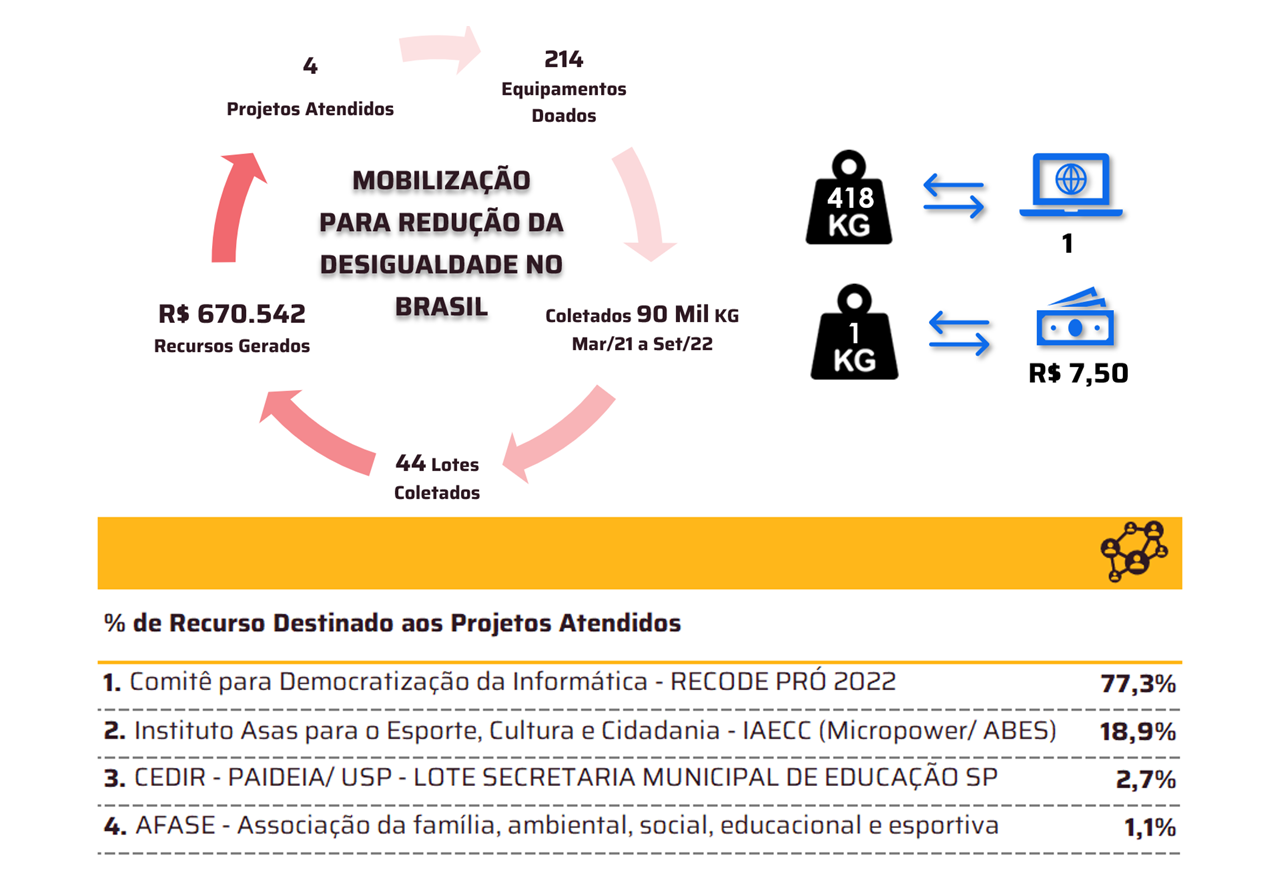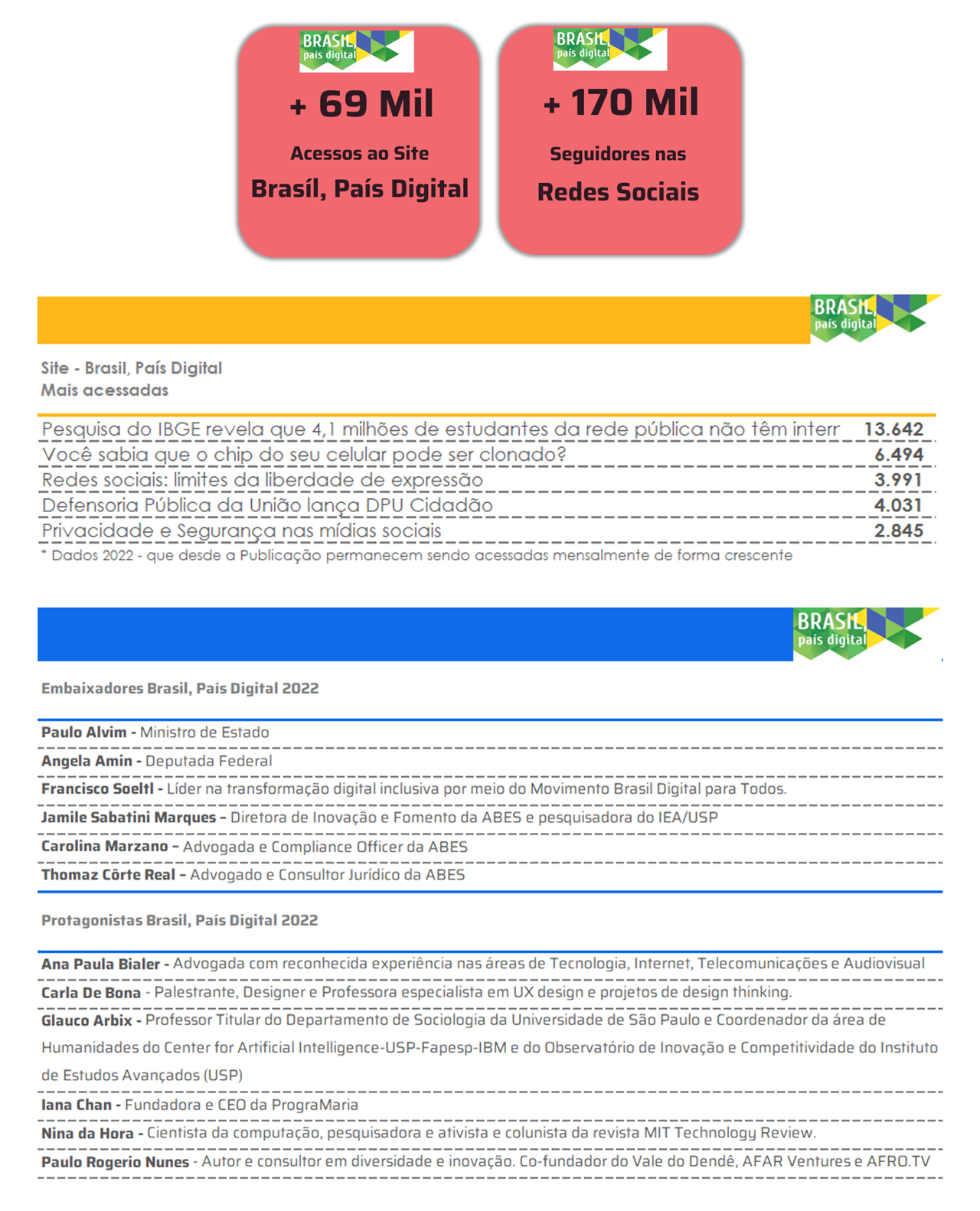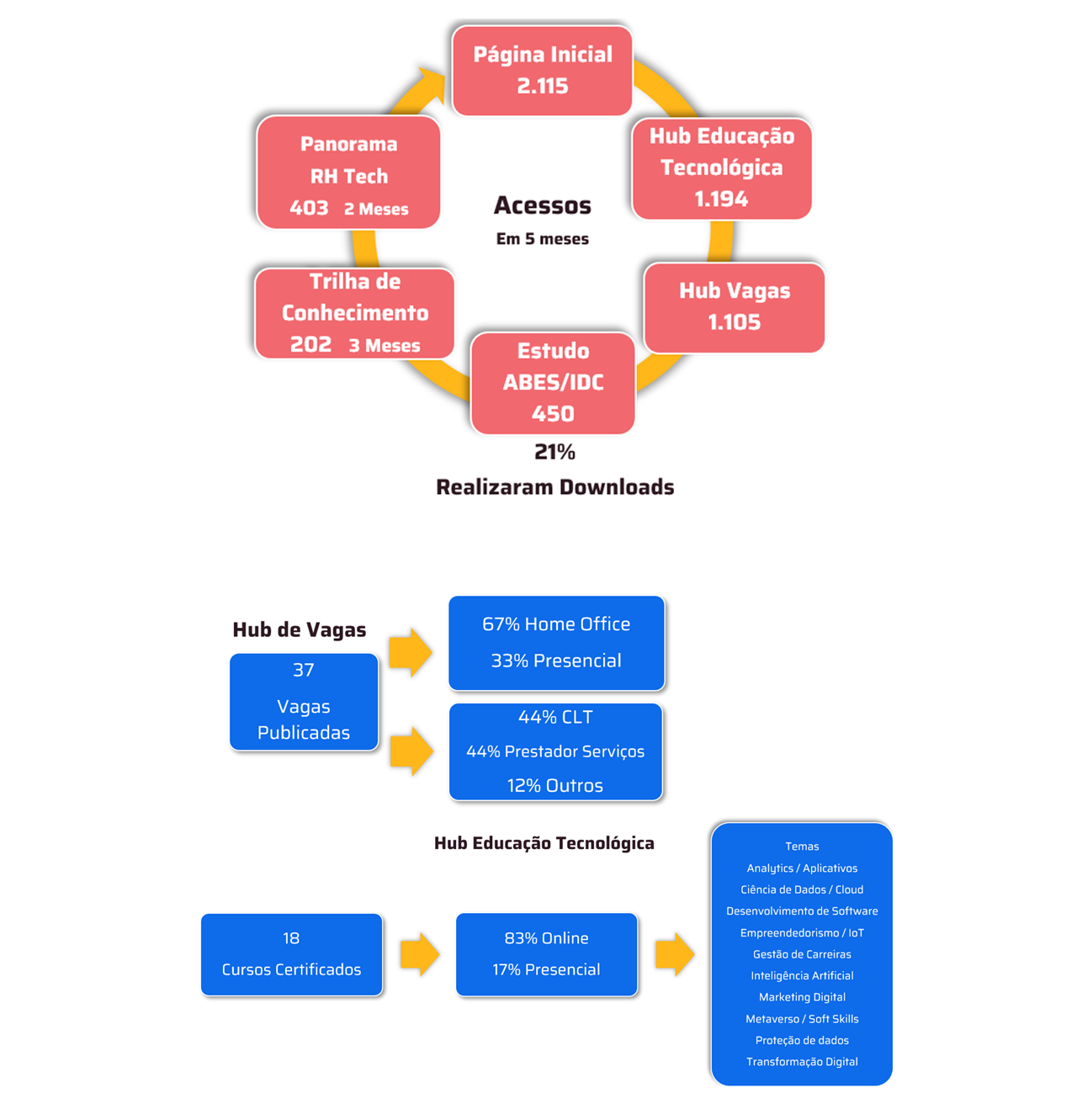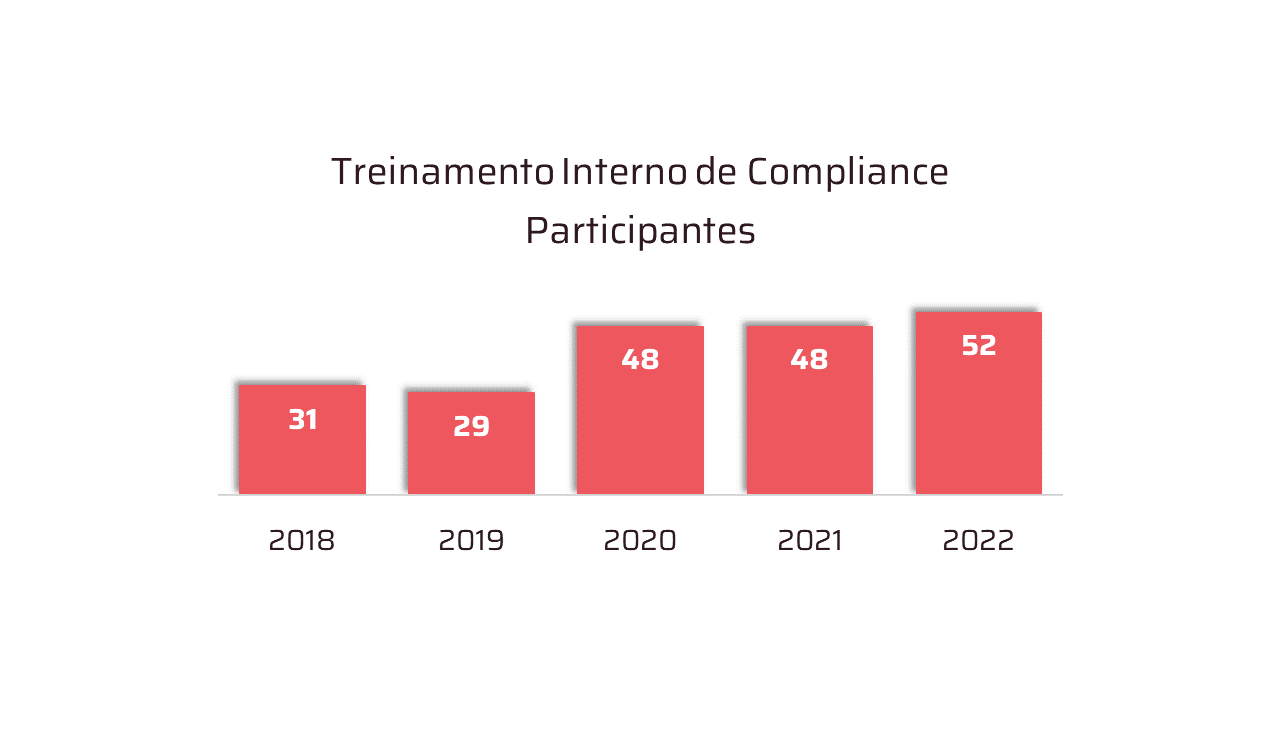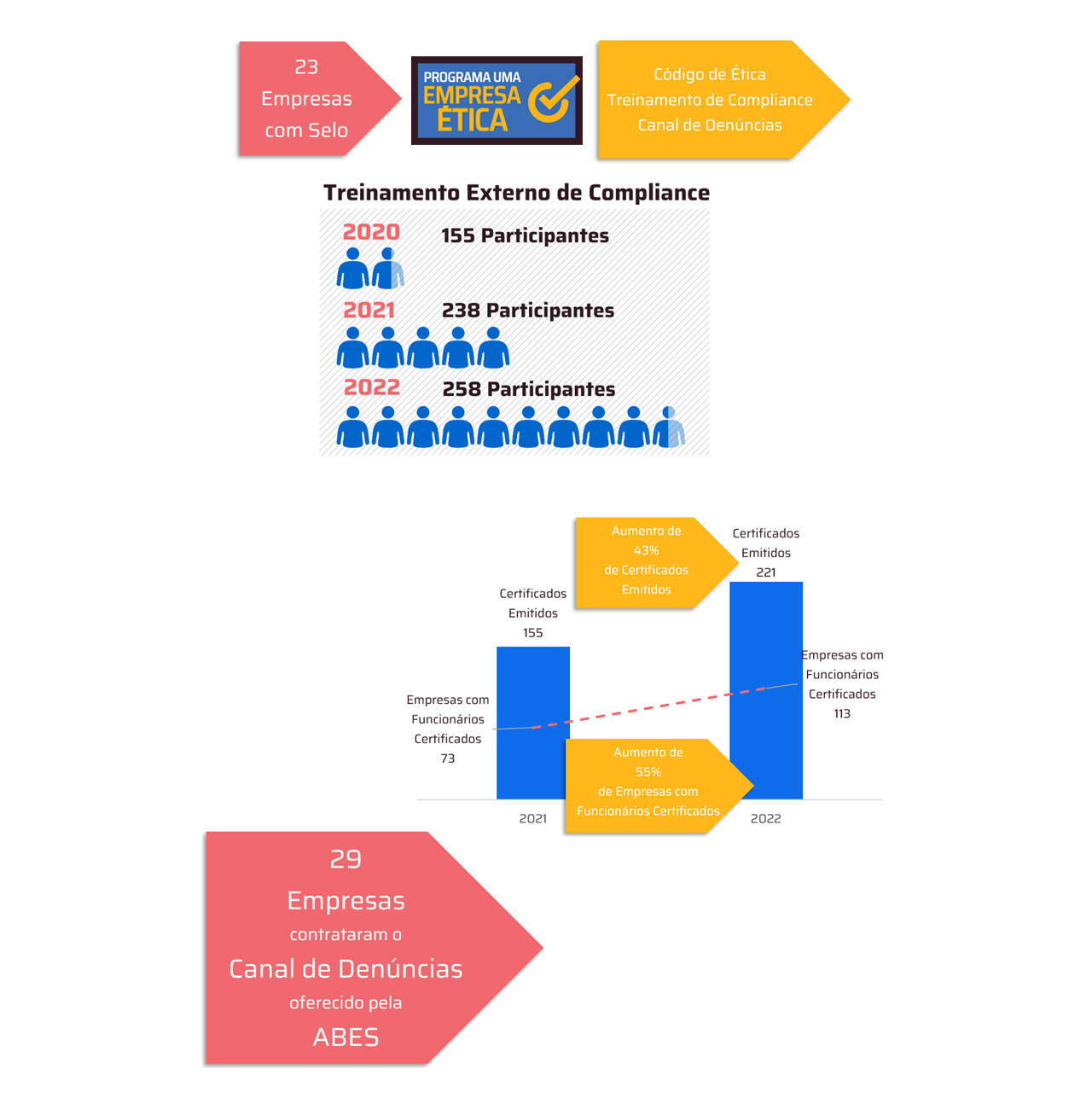Gartner analysts will discuss how companies can take advantage of these trends during the Gartner Data & Analytics Conference, which will be held on April 28 and 29 in São Paulo
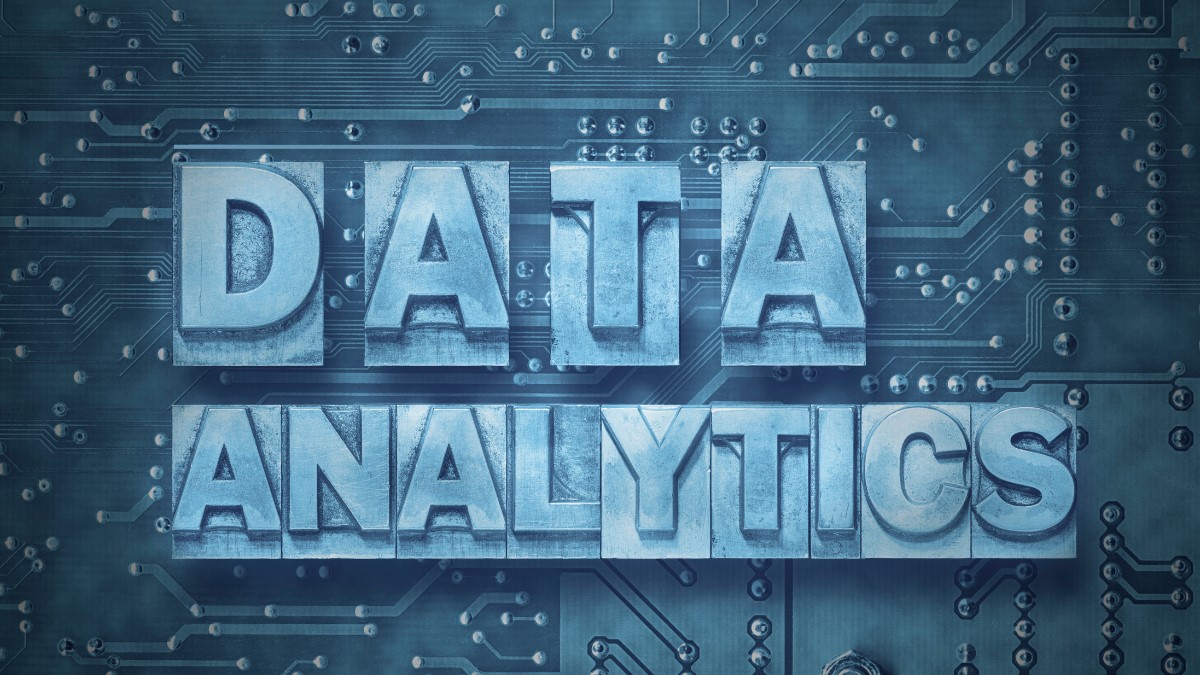
O Gartner, Inc.. identified the key Data & Analytics (D&A) trends for 2025 that are driving the emergence of a wide range of challenges, including organizational and human issues.
“D&A is moving from the domain of a few to ubiquity,” says Gareth Herschel, Vice President and Analyst at Gartner. “At the same time, Data & Analytics leaders are under pressure not to do more with less, but to do much more with much more, which can be even more challenging as the stakes are rising. There are certain trends that will help D&A leaders meet the pressures, expectations and demands they are facing.”
Gartner analysts will discuss more about the top Data & Analytics trends that IT leaders must navigate and incorporate into their D&A strategy at Gartner Data & Analytics Conference, which will be held on April 28th and 29th, at the Sheraton São Paulo WTC Hotel.
Highly consumable data products
To capitalize on highly consumable data products, D&A leaders must focus on business-critical use cases, correlating and scaling solutions to alleviate data delivery challenges. Prioritizing the delivery of reusable and composable minimum viable data products is essential, allowing teams to improve them over time. Data & Analytics leaders must also reach consensus on key performance indicators between producer and consumer teams, which is vital to measuring data product success.
Metadata Management Solutions
Effective metadata management starts with technical metadata and expands to include business metadata for enhanced context. By incorporating multiple types of metadata, organizations can enable data catalogs, data lineage, and AI-driven use cases. It’s critical to select tools that facilitate automated metadata discovery and analysis.
Data fabric multimodal
Creating a robust metadata management practice involves capturing and analyzing metadata across the entire pipeline of data. The insights and the automations of the data fabric support orchestration demands, improve operational excellence through DataOps, and enable data products.
Synthetic data
Identifying areas where data is missing, incomplete, or expensive to obtain is crucial to advancing AI initiatives. Synthetic data, such as variations of the original data or replacements of sensitive data, ensures privacy while facilitating the development of AI.
Agentic Analytics
Automating closed-loop business outcomes with AI agents for data analysis is transformative. It is recommended to test use cases that connect insights to natural language interfaces and evaluate roadmaps of vendors for digital workplace application integration. Establish the governance minimizes errors and hallucinations, while it is essential to assess data readiness through AI-ready data principles.
AI Agents
You AI agents are valuable for ad hoc, flexible, or complex adaptive automation needs. More than relying solely on Large Language Models (LLMs), other forms of analytics and AI are needed. D&A leaders must enable AI agents to access and share data across applications seamlessly.
Small Language Models
It is recommended to consider Small Language Models (SLMs) instead of Large Language Models to achieve more accurate and contextually appropriate AI results in specific domains. Providing data for augmented generation by retrieval or fine-tuning (fine-tuning) of custom domain models is recommended, especially for use on-premises to handle sensitive data and reduce computing resources and costs.
Composite AI
Leveraging multiple AI techniques increases the impact and reliability of AI. D&A teams should diversify beyond Generative AI (GenAI) or LLMs by incorporating data science, Machine Learning (machine learning), knowledge graphs, and optimization to achieve comprehensive AI solutions.
Decision Intelligence Platforms
It is critical to transition from a data-driven to a decision-centric view. Prioritizing urgent business decisions for modeling, aligning decision intelligence (DI) practices, and evaluating DI platforms are recommended steps. Rediscovering data science techniques and addressing the ethical, legal, and compliance aspects of decision automation are essential for success.
Data & Analytics leaders can learn more about how to assess their own effectiveness using the Gartner CDAO Effectiveness Diagnostic, a unique tool that allows Chief Data & Analytics Officers (CDAOs) understand their effectiveness as leaders and discover their strengths and areas for improvement.
About the Gartner Data & Analytics Conference
Gartner analysts will provide additional analysis on data and analytics trends at the Gartner Data & Analytics Conferences, taking place April 28-29 in Sao Paulo (Brazil), from May 12 to 14 in London (England); from 20 to 22 May in Tokyo (Japan); on June 2 and 3 in Mumbai (India) and on June 17 and 18 in Sydney (Australia). Follow conference news and updates on X using #GartnerDA.
About Gartner for Data & Analytics Leaders
The Gartner for Data & Analytics Leaders provides objective and actionable insights for CDAOs and Data & Analytics leaders, helping them accelerate their D&A strategy and operating model to increase business value. Additional information is available at https://www.gartner.com/en/data-analytics. Follow news and updates from Gartner for Data & Analytics Leaders on X and LinkedInusing #GartnerDA. Visit the Press Room from Gartner for more information and insights.
About Gartner
O Gartner, Inc. delivers objective, actionable insights that drive smarter decisions and better performance for enterprises’ mission-critical priorities. To learn more, visit www.gartner.com





